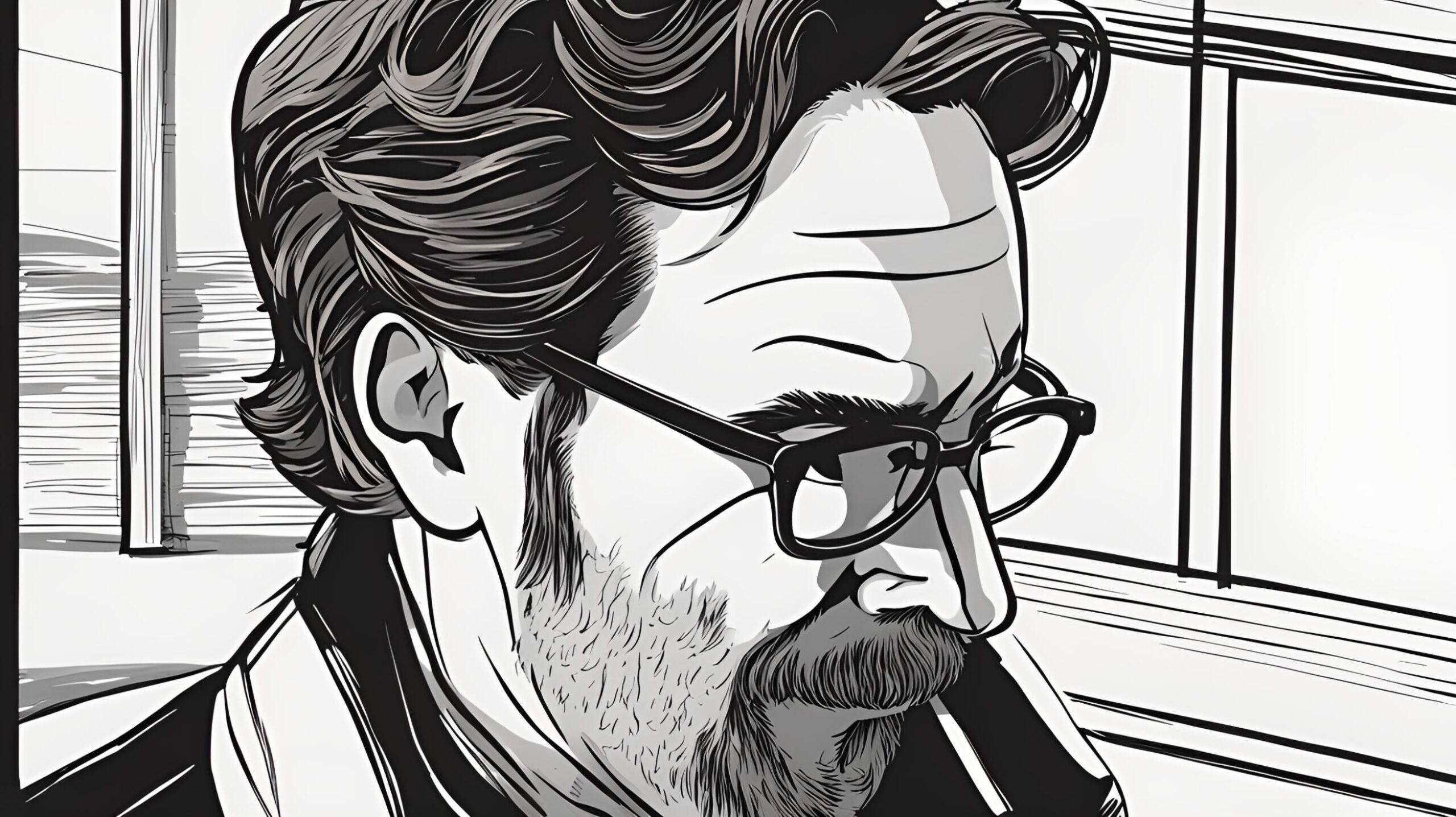Flashback to July 25
American History

On July 23, 1829, a significant event took place in the history of printing and writing instruments – the patenting of the “typographer” or what we now commonly refer to as the typewriter. This invention, by William Austin Burt, marked a turning point in communication technology, revolutionizing the way we write and communicate to this day.
Before the invention of the typewriter, writing was a labor-intensive process, predominantly done by hand. This meant that any document, whether it was a personal letter, a book manuscript, or a legal contract, had to be painstakingly written or copied by hand. This manual process was not only time-consuming but also prone to errors.
William Austin Burt, an inventor from Detroit, Michigan, recognized the need for an efficient and accurate writing machine. He designed and constructed a prototype of the typographer, which was granted a patent on July 23, 1829. Burt’s concept featured a mechanical device with a keyboard-like arrangement of keys, capable of producing printed characters by pressing them onto paper.
The typographer was a groundbreaking invention for its time. It offered a systematic and organized way of writing, eliminating much of the laborious and error-prone nature of handwritten documents. Its significance lies in its ability to automate the writing process, increasing speed, accuracy, and legibility.
In the following years, several improvements were made to Burt’s original typographer design. Other inventors, such as Christopher Latham Sholes, contributed significantly to the development of the machine. Sholes, often considered the “father of the typewriter,” refined the typographer’s design and introduced the qwerty keyboard layout, which is still in use today.
The typewriter quickly gained popularity and became an essential tool for professionals, writers, and businesses. It enabled faster correspondence, efficient record-keeping, and easier manuscript production. The invention had a profound impact on various sectors, including administration, publishing, and legal professions. It also played a significant role in fostering the growth of women’s employment opportunities, as typing became a sought-after skill.
While typewriters were initially mechanical, innovations in technology led to the development of electric typewriters in the 20th century. These machines further increased productivity and introduced features like automatic carriage returns and correction tapes, making the writing process even more convenient.
With the advent of computers and word processing software, the typewriter eventually became obsolete. However, its legacy lives on in the layout and functionality of modern keyboards. The qwerty keyboard layout, designed for typewriters, remains the standard for most computer keyboards.
The invention of the typographer was a pivotal moment in the history of printing and communication technology. It paved the way for subsequent developments in writing instruments, including digital keyboards and touchscreens. It is a testament to the human desire for efficiency and progress, transforming the way we write and communicate in the modern world.
In commemoration of William Austin Burt’s patenting of the typographer on July 23, 1829, it is worth acknowledging the lasting impact of this invention. The typewriter revolutionized writing and communication, making it easier, faster, and more accessible for people worldwide. As we navigate the digital age, it is important to recognize and appreciate the historical advancements that have shaped our modern world.
We strive for accuracy. If you see something that doesn't look right, click here to contact us!
Sponsored Content

Writer Jack London sails…
On July 25, 1897,…

The United States Navy…
On July 25, 1998,…

US Department of the…
On July 25, 1947,…

Annette Adams sworn in…
Annette Adams made history…

US health officials concede…
US health officials have…

G Neujmin discovers asteroid…
On July 25, 1936,…

